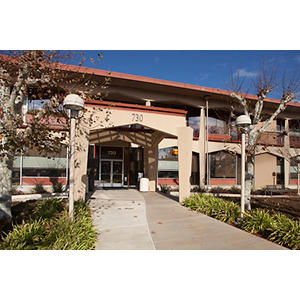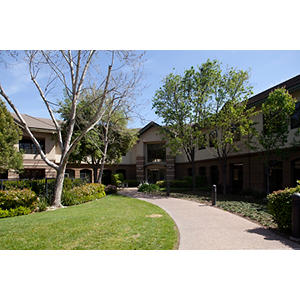
Derek Chu, MD
Clinical Associate Professor
Pediatric Dermatology
“To me, there is no greater joy than making a positive difference in a child's life.”
My Approach
My experience volunteering at an orphanage during high school inspired me to become a doctor. I knew then that I wanted to support children by improving their health. To me, there is no greater joy than making a positive difference in a child's life.
The skin can be a window into a child's well-being. As a pediatric dermatologist, I decipher patterns and clues on children's skin to make diagnoses and to uncover any underlying medical conditions.
My approach to providing care is to involve families as much as possible in the process. We work together as a team. I take the time to ensure everyone fully understands the decisions we've made. My goal is to always do what is best for the child and family, and I want families to know that I'm here to help in any way I can.
Locations


14601 S. Bascom Ave, Suite 200
Los Gatos, CA 95032
Phone : (408) 356-0911
Fax : (408) 356-7140

1195 West Fremont Avenue
Sunnyvale, CA 94087
Phone : (408) 426-5590
Fax : (650) 498-4209
Work and Education
Perelman School of Medicine University of Pennsylvania, Philadelphia, PA, 5/16/2011
University of Pennsylvania Health System, Philadelphia, PA, 6/30/2015
UCSF Dept of Dermatology, San Francisco, CA, 6/30/2016
Children's Hospital of Philadelphia, Philadelphia, PA, 06/20/2012
Dermatology, American Board of Dermatology, 2015
Pediatric Dermatology, American Board of Dermatology, 2016
Languages
English
Connect with us:
Download our App: